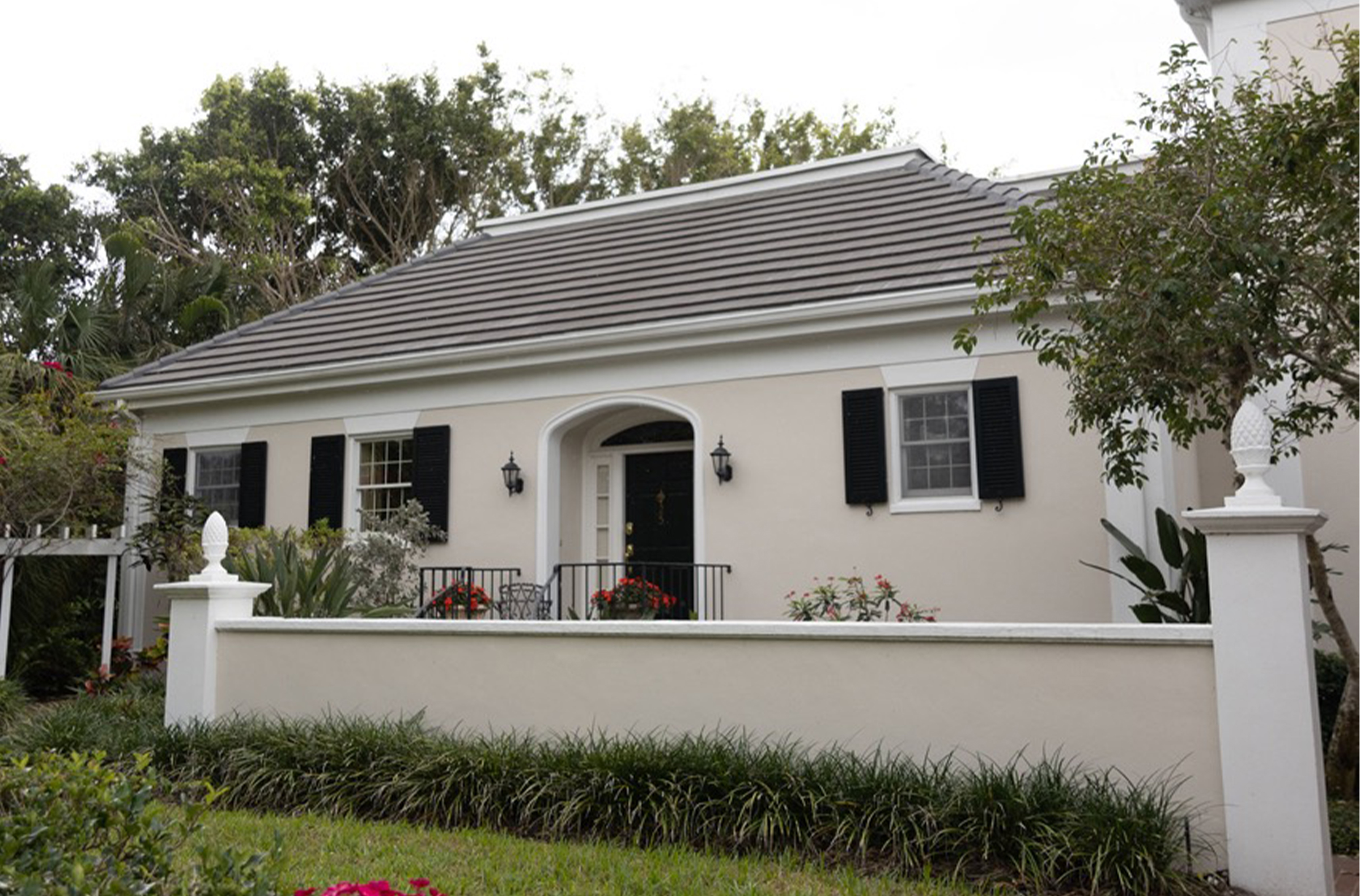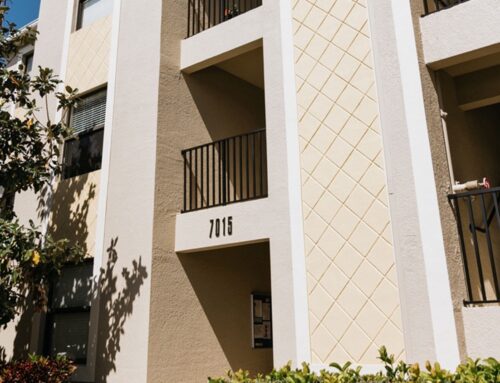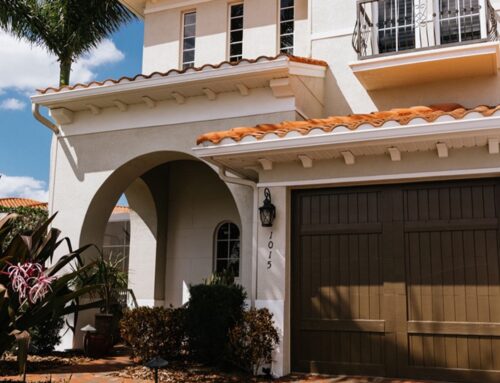Imagine walking into a newly painted room, expecting smooth, even coverage, only to notice streaks, uneven patches, or worse—peeling paint just weeks later. While a budget-friendly paint job might seem appealing initially, the reality is that cutting corners often leads to costly consequences. From premature deterioration to hidden structural damage, opting for the cheapest bid can end up costing more in the long run. Before hiring the lowest-priced contractor or tackling a DIY project with bargain-bin materials, it’s essential to understand the risks of sacrificing quality for cost savings.
The Hidden Costs of a Cheap Paint Job
Choosing a low-cost painting service often means compromising on materials, labor quality, and proper preparation. While the price tag might seem reasonable upfront, the long-term costs of repainting, repairing damage, and correcting poor workmanship can far exceed the initial savings.
One of the biggest risks of a cheap paint job is premature peeling and flaking. Low-quality paints lack durability and adhesion, especially when applied without proper surface preparation. According to the National Association of Home Builders, poor adhesion due to improper prep work is one of the top reasons for early paint failure. Without proper priming and sealing, paint struggles to bond with surfaces, leading to chipping and peeling within months.
Another common issue is uneven color and poor coverage. Bargain-priced contractors may use watered-down paints or fail to apply enough coats, resulting in streaky, inconsistent finishes. The Journal of Coatings Technology and Research highlights that high-quality paints provide better pigmentation and opacity, requiring fewer coats while delivering long-lasting vibrancy. Cheaper alternatives often need multiple applications just to achieve decent coverage, negating any initial cost savings.
Beyond aesthetic flaws, moisture damage is a major risk of inferior paint jobs, particularly in humid climates. In places like Sarasota and Manatee Counties, high humidity can lead to mildew, bubbling, and even structural deterioration if the wrong products are used. The Environmental Protection Agency (EPA) warns that poor-quality exterior paints and improper application techniques can allow moisture to seep into walls, leading to costly damage from mold and wood rot.
Cut-Rate Labor: The Dangers of Hiring Inexperienced Painters
Inexpensive painters often cut costs by rushing the job, skipping essential preparation steps, or using subpar techniques. Poor workmanship can lead to a variety of problems, including visible brush strokes, roller marks, and inconsistent textures that detract from a home’s visual appeal. A study by the International Association of Professional Painters found that improperly trained painters are more likely to leave behind missed spots, drips, and uneven edges, requiring costly corrections later.
Another common issue with low-cost contractors is lack of proper licensing and insurance. Many budget painters operate without the necessary credentials, exposing homeowners to liability risks if an accident occurs. If a worker is injured on-site and the contractor lacks insurance, the homeowner may be held financially responsible. The Better Business Bureau (BBB) advises homeowners to verify a painter’s licensing and coverage before hiring to avoid unexpected legal and financial issues.
Long-Term Damage to Property Value
A poor-quality paint job doesn’t just affect aesthetics—it can also impact a property’s value. Real estate professionals emphasize the importance of curb appeal in attracting buyers, and peeling or poorly applied paint can signal neglect. A study by Zillow found that homes with professionally painted exteriors sell faster and at higher prices than those with visibly deteriorating finishes. Investing in high-quality painting services enhances a property’s marketability and prevents costly repairs before resale.
Why Quality Paint and Professional Workmanship Matter
When it comes to painting, the saying “you get what you pay for” holds true. Investing in high-quality paint and experienced professionals ensures longevity, durability, and an impeccable finish that stands the test of time. Here’s what sets a professional job apart from a cheap alternative:
- Proper Surface Preparation: Professional painters clean, sand, and prime surfaces to ensure optimal adhesion and durability.
- Premium Paints and Materials: High-quality paints provide better coverage, fade resistance, and moisture protection.
- Skilled Application Techniques: Expert painters use precision tools and techniques to achieve smooth, even coats and crisp edges.
- Warranty and Accountability: Reputable painters stand behind their work, offering guarantees that protect homeowners from unexpected issues.
Cutting corners on painting might seem like a quick way to save money, but the long-term costs of repainting, repairing damage, and correcting poor workmanship can far outweigh the initial savings. A high-quality paint job isn’t just about aesthetics—it’s an investment in the longevity, value, and protection of your home or business.
At A Step Above Painting, we take pride in delivering expert craftsmanship, top-tier materials, and a seamless customer experience. If you’re considering a painting project, don’t settle for shortcuts that will cost you later. Reach out today for a free consultation or quote, and let us show you how investing in quality from the start can save you time, money, and frustration.





